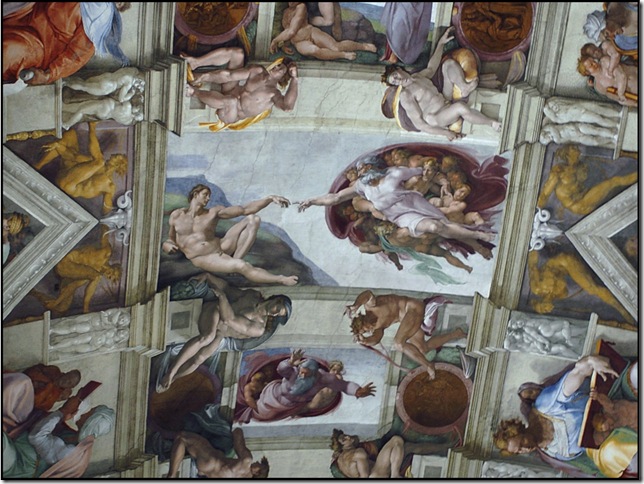As intriguing as the upcoming Seraphic Fire concerts with the Firebird Chamber Orchestra are likely to be, there’s still something so purely beautiful about unaccompanied Renaissance polyphony that the listener feels he is in the presence of a rare and endangered animal, one content to be radiant, beautiful and unexampled.
The Miami chamber choir opened its 12th season last week with five concerts exploring music associated with the Renaissance and the Sistine Chapel, ranging from the earliest part of that period (Guillaume Dufay) to its pinnacle (Tomas Luis de Victoria). As local listeners have come to expect by now, Patrick Dupré Quigley’s remarkable musical institution provided an evening of exceptional quality and interest, even if Quigley’s aggressive conducting style occasionally oversold the music.
For this hourlong concert, the singers performed in half-house and candlelight, in order to give the impression of a votive Mass that a traveler to Rome in, say, 1580, might have been able to encounter on his pilgrimage to the papal seat. It was very effective, especially given that much of the program was devoted to the plainchant of the Mass, including the Gospel reading.
Quigley also threw a bone to all good music theory students by presenting works based on the 13th-century French pop song L’homme armé, which became the foundation of a great deal of sacred composition during this period. The 13 singers of this iteration of Seraphic Fire sang it first, to give the audience its dark modal flavor, and indeed, you could hear its influence quite clearly through the rest of the program.
One of the most noticeable things about this particular Seraphic Fire lineup was its female complement, particularly the four sopranos (Margot Rood, Elizabeth Hungerford, Sara Guttenberg and Rebecca Duren), who gave to the highest passages in the music a clear, open quality with no hint of shrillness or strain. That gave a gratifying roundness to the music as a whole, a characteristic that sometimes has been missing in other performances.
The choir tackled hugely difficult pieces such as the Gloria from Josquin de Prez’s L’homme armé Mass, and the Laudate Pueri Dominum of Victoria that closed the program, with abundant skill, a lovely blend, and sure harmonic footing, no small feat in music so distant from our contemporary homophonic traditions. This was even more noticeable in the slightly more archaic music of Dufay and Johannes Ockeghem (the Sanctus from his L’homme armé Mass), and in executing it so faithfully, the different characteristics of each composer could be discerned, which in some ways is a triumph of applied music history.
Although Quigley brought some more dynamic contrast to his direction this time around, he still tended in the longer works to drive the music forcefully forward, which is impressive on the surface because it’s so hard to believe that 13 people are standing there making such an amazing sound. But it also tended to be a little too persuasive, a little overdone; these are musicians that can handle all the gradations of dynamics a conductor could want, and it would be nice to hear a wider range of contrast in some of the extended works.
Also, while the plainchant, ably paced by baritone Thomas McCargar, was deeply beautiful in its own right, a scheduled Alleluia by Palestrina was cut in the middle of the part of the Mass that leads to the Gospel reading, and its absence was felt, though a long segment of chant probably does a body good now and again.
Perhaps the most affecting music in this nourishing and uplifting evening was the Offertory selection, the Surrexit pastor bonus of the 16th-century Frenchman Jean L’Héretier. This was a composer with a distinctively different compositional sense, and the choir could clearly be seen enjoying its lush, daring harmonies. It was superbly sung, as was the Tu es Petrus of Palestrina, whose serene, cool style offered welcome tonal relief from the general minor-key music of the bulk of the program.
It could be that with this mix of singers, Seraphic Fire is closer to the kind of mature sound it needs to break into the next level, and I say that without discounting for one moment the astonishing progress this group has made in its decade-and-change of existence. But with the evenness of sound on display Saturday, and some more consistent nuance from Quigley, it could be that Seraphic Fire will be able to reach a transcendent level of music-making, and with what better material than these masterpieces of the days when Michelangelo and Leonardo, Erasmus and Cervantes, Palestrina and Victoria, trod a world stage lit by the fire of civilization.
